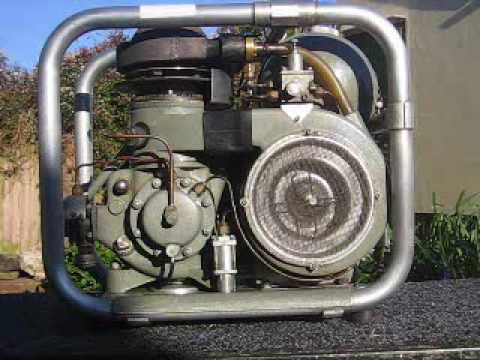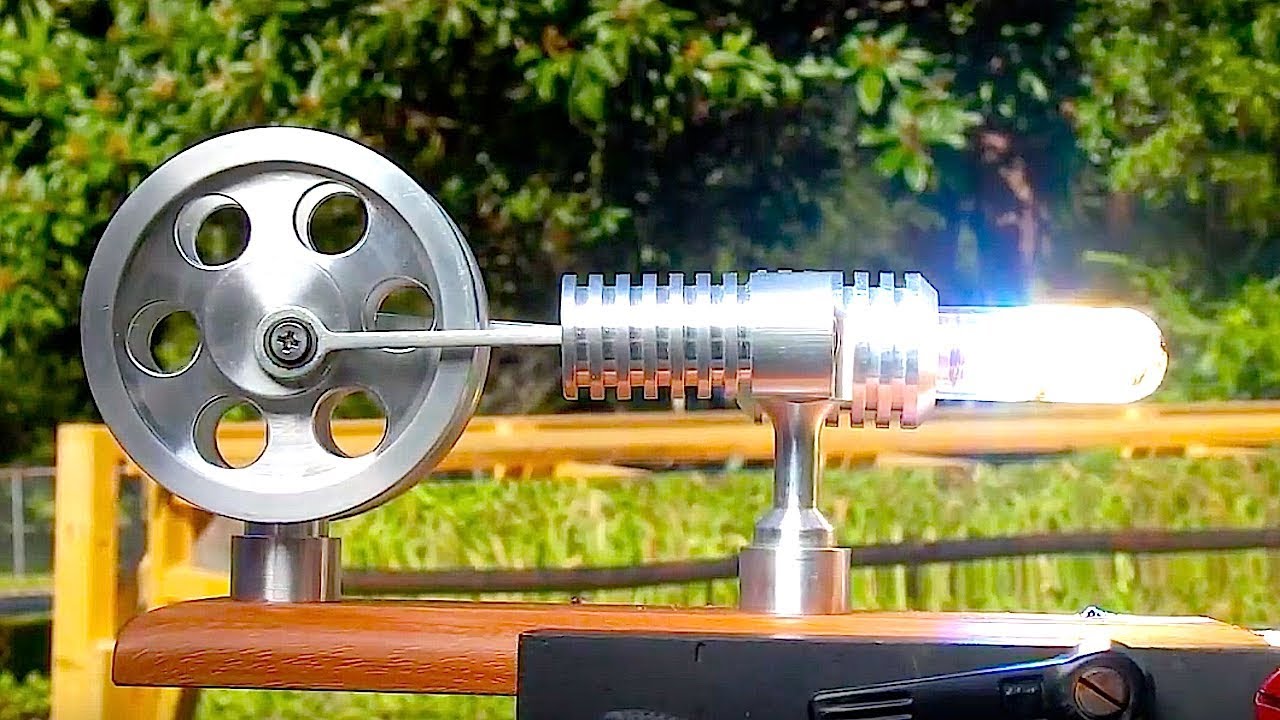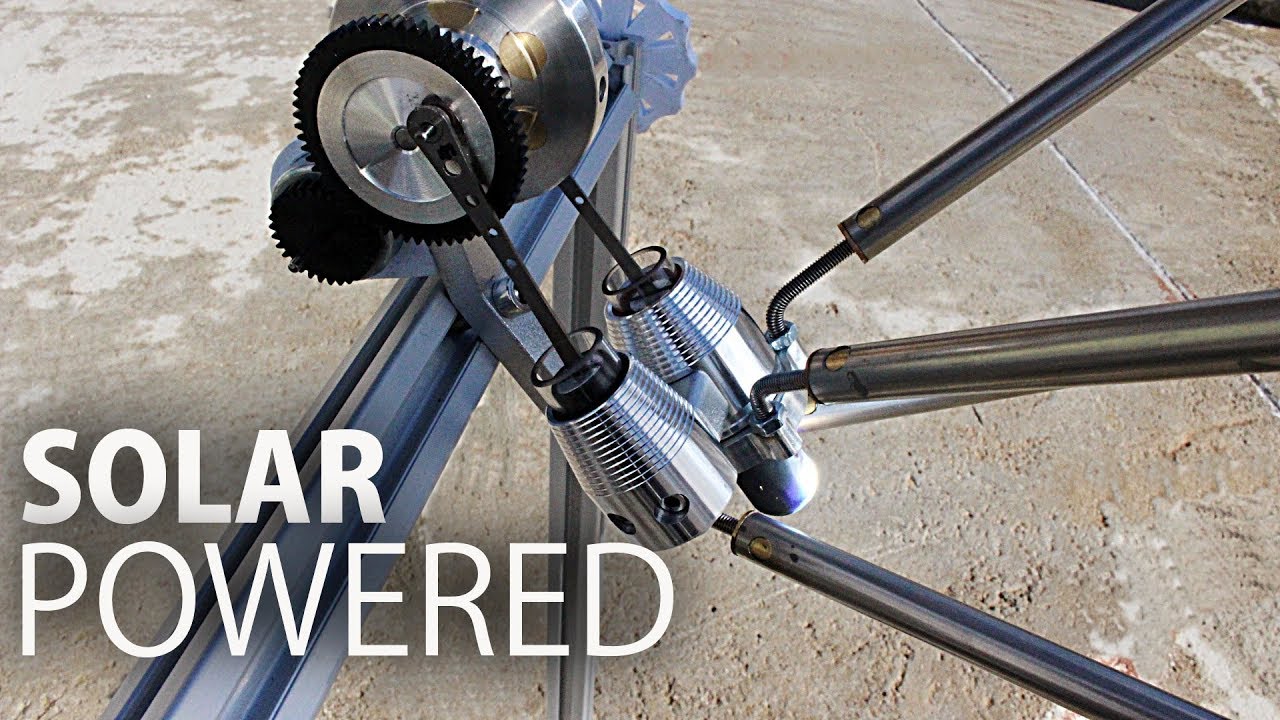Write about: Growing highland carnivorous plants in Mumbai’s superhot climate.
What STEM activity are you doing today? I am making a design to automatically cool pots for some plants that require cool roots (or they die) when the sun hits the balcony.
What is the STEM take-home point of today? Many ways to skin this cat. I’m hoping to make yet another one at the lab in a couple of weeks. Will share my plan. Seeking ideas to improve.
What is the STEM activity picture you want to share today?
Not sure if image shows up. If it doesn’t, let me know, I’ll post it somewhere else and try to add a link.
It is the partial plan for automatically running a fan when sunlight hits the balcony (for heat sensitive plants that want their pots always cool).The Peltier generates electricity (google Seebeck effect) if there is a strong temperature difference between two sides. One side has sponge with a constant drip of water cooling it with evaporative cooling. Other will focus sun rays to high temperatures onto the peltier.
Direct sun hits balcony, peltier generates power, runs a tiny fan onto the surface of wet clay pot.
Solved. ![]()
But there are drawbacks to this plan. I’m concerned that the magnifying glass may make things too hot and eventually burn the gadget itself. There ware ways around this, one being to keep the distance between the Fresnel lens and the peltier less than the focal length, so that the light is concentrated imperfectly by design. Another idea was to use hotglue for the frame, so that if things heat up too much, the hotglue will melt and the gadget will fall apart, breaking the focus of the Fresnel. Sort of like a pretty destructive fuse.
Another concern is that the gadget may not create enough power to power a fan. This isn’t exactly the sort of high performance generating we expect from large solar panels, etc. The minor power however could be used to trip a switch to run a fan off the mains - this is cheating. lol
An alternative may be to focus the fresnel onto the glass tube of a small “educational toy” Stirling engine (also google it up…) and attach blades directly to the wheel it turns. This could work better and should probably be the first option.
The last, failsafe option is to use a small solar panel to run a fan. The most reliable and sadly, also the most boring option. lol.
What is your idea? How can this be improved?
What is the big STEM idea you want to share with us?
This is the idea… I’m not familiar with this format of posting.



